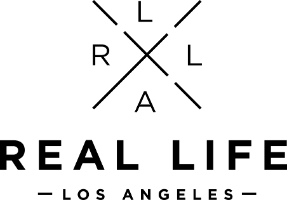September 27 --
Striking textile workers in Fall River, Mass., demand bread for their starving children - 1875
The Int’l Typographical Union renews a strike against the Los Angeles Times and begins a boycott that runs intermittently from 1896 to 1908. A local anti-Times committee in 1903 persuades William Randolph Hearst to start a rival paper, the Los Angeles Examiner. Although the ITU kept up the fight into the 1920s, the Times
remained totally nonunion until 2009, when the GCIU—now the Graphic
Communications Conference of the Teamsters—organized the pressroom -
1893
Int’l Ladies' Garment Workers Union begins strike against Triangle Shirtwaist Co. This would become the "Uprising of the 20,000,"  resulting
in 339 of 352 struck firms—but not Triangle—signing agreements with the
union. The Triangle fire that killed 246 would occur less than two
years later - 1909
resulting
in 339 of 352 struck firms—but not Triangle—signing agreements with the
union. The Triangle fire that killed 246 would occur less than two
years later - 1909
(Triangle: The Fire that Changed America: On March 25, 1911, a fire broke out at the Triangle shirtwaist factory in New York City. Within minutes it engulfed three upper floors, burning to death—or causing to jump to their deaths—146 workers, 123 of them women, some as young as 15. The garment factory was a sweatshop, employing mostly young Italian and Jewish immigrants, and was typical of thousands of other such hellholes throughout the city, complete with locked exit doors and useless fire escapes. It was the worst workplace disaster in the city’s history and ultimately led to the beginnings of workplace safety and health laws—and an increased understanding that the presence of unions could help prevent more such tragedies.)







No comments:
Post a Comment